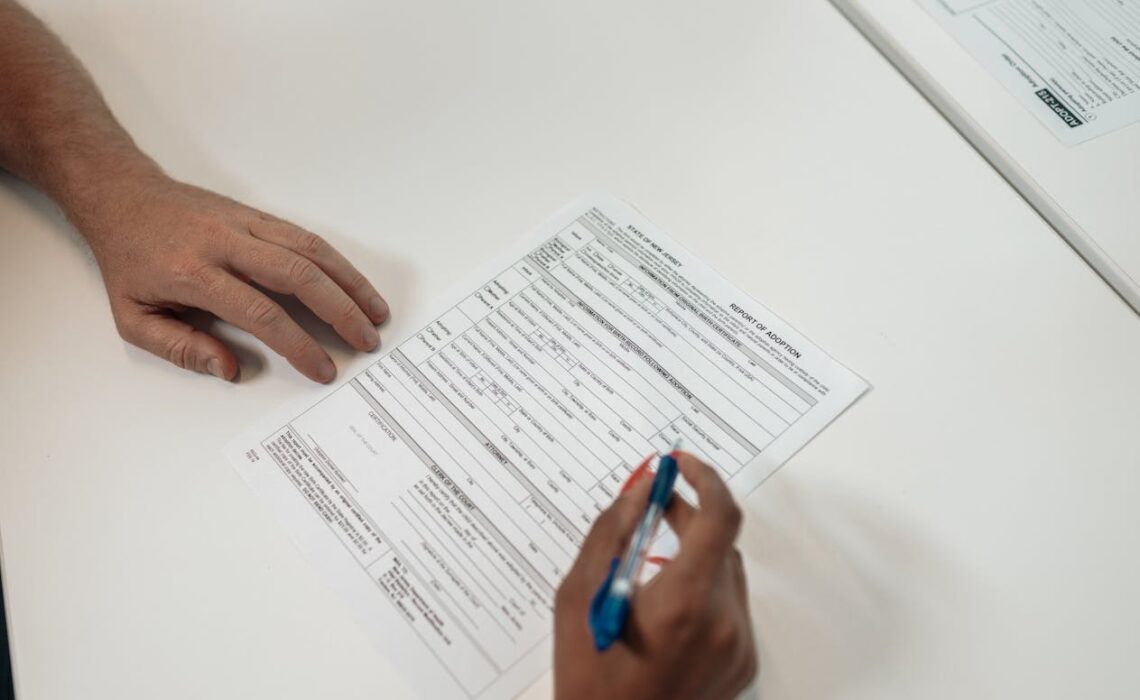
The legal system is a complex and vital part of society, ensuring justice and upholding the rule of law. However, for deaf and hard of hearing individuals, accessing legal services and understanding legal proceedings can be challenging due to communication barriers. Technology has played a significant role in improving access to justice for this community, providing innovative solutions to bridge the gap between the legal system and individuals with hearing loss. This article explores the impact of technology on interpreting for the legal system and how digital tools are enhancing access to justice for deaf and hard of hearing individuals.
The Role of Interpreting in the Legal System
Interpreting plays a crucial role in the legal system, ensuring effective communication between parties who speak different languages or use different modes of communication. In legal settings, interpreters are often required to accurately convey spoken or signed language between deaf or hard of hearing individuals and legal professionals, such as lawyers, judges, and court personnel.
For deaf and hard of hearing individuals, access to qualified interpreters is essential for understanding their rights, participating in legal proceedings, and ensuring fair treatment in the justice system. However, the availability of qualified interpreters can be limited, leading to delays in legal proceedings and challenges in accessing justice.
Challenges in Interpreting for the Legal System
In the past, interpreting for the legal system relied heavily on in-person interpreters, which could be costly and time-consuming to arrange, especially in remote or underserved areas. Additionally, finding qualified interpreters who are proficient in both legal terminology and the specific sign language used by the individual could be challenging.
Furthermore, traditional interpreting methods, such as in-person interpretation or video relay services, may not always be suitable for all legal settings, such as confidential meetings or court proceedings where privacy and confidentiality are paramount.
The Impact of Technology on Interpreting for the Legal System
Photo by Thirdman
Advancements in technology have revolutionized interpreting for the legal system, providing new tools and solutions to overcome traditional barriers. Digital tools, such as remote interpreting platforms, speech-to-text technologies, and mobile applications, have made it easier to access interpreting services anytime, anywhere.
One of the key benefits of technology in legal interpreting is the ability to provide remote interpreting services. Remote interpreting allows deaf and hard of hearing individuals to connect with qualified interpreters via video or phone, eliminating the need for in-person interpreters and overcoming geographical barriers. This can significantly improve access to justice for individuals in rural or underserved areas.
Remote Interpreting Platforms
Remote interpreting platforms, such as video remote interpreting (VRI) services, allow deaf and hard of hearing individuals to access interpreting services remotely through a secure online platform. These platforms connect individuals with qualified interpreters who can provide real-time interpretation during legal proceedings, client meetings, or consultations.
VRI offers several advantages, including faster access to interpreters, cost-effectiveness, and flexibility in scheduling. Additionally, VRI can be used in a variety of legal settings, such as courtrooms, law offices, and police stations, making it a versatile solution for interpreting in the legal system.
Speech-to-Text Technologies
Speech-to-text technologies, such as real-time transcription (CART) services and speech recognition software, are also transforming interpreting for the legal system. These technologies convert spoken language into text, allowing deaf and hard of hearing individuals to read the transcript in real-time.
Speech-to-text technologies are particularly useful in situations where the use of a sign language interpreter may not be feasible or when a written record of the proceedings is required. Additionally, these technologies can improve the accuracy of communication and reduce misunderstandings, enhancing access to justice for deaf and hard of hearing individuals.
Mobile Applications
Mobile applications are another innovative tool that is improving access to legal interpreting services. These applications allow deaf and hard of hearing individuals to connect with interpreters quickly and easily using their smartphones or tablets.
Mobile applications offer features such as video calling, text messaging, and document sharing, making it easier for individuals to communicate with interpreters and access interpreting services on the go. Additionally, these applications can provide instant access to interpreters in emergency situations or urgent legal matters, ensuring timely and effective communication.
Conclusion
In conclusion, technology has had a profound impact on interpreting for the legal system, improving access to justice for deaf and hard of hearing individuals. Digital tools such as remote interpreting platforms, speech-to-text technologies, and mobile applications have made it easier to access interpreting services anytime, anywhere, overcoming traditional barriers such as geographical limitations and limited availability of qualified interpreters.
As technology continues to advance, the future of interpreting for the legal system looks promising, with innovative solutions that will further enhance access to justice for deaf and hard of hearing individuals. By embracing these technologies, the legal system can ensure that all individuals, regardless of their hearing abilities, have equal access to justice and fair treatment under the law.
For those who are looking for additional support, Unspoken Language Services offers interpreting services to help bridge the communication gap between the deaf and hearing communities.
Photo Credit to: Photo by Kindel Media

